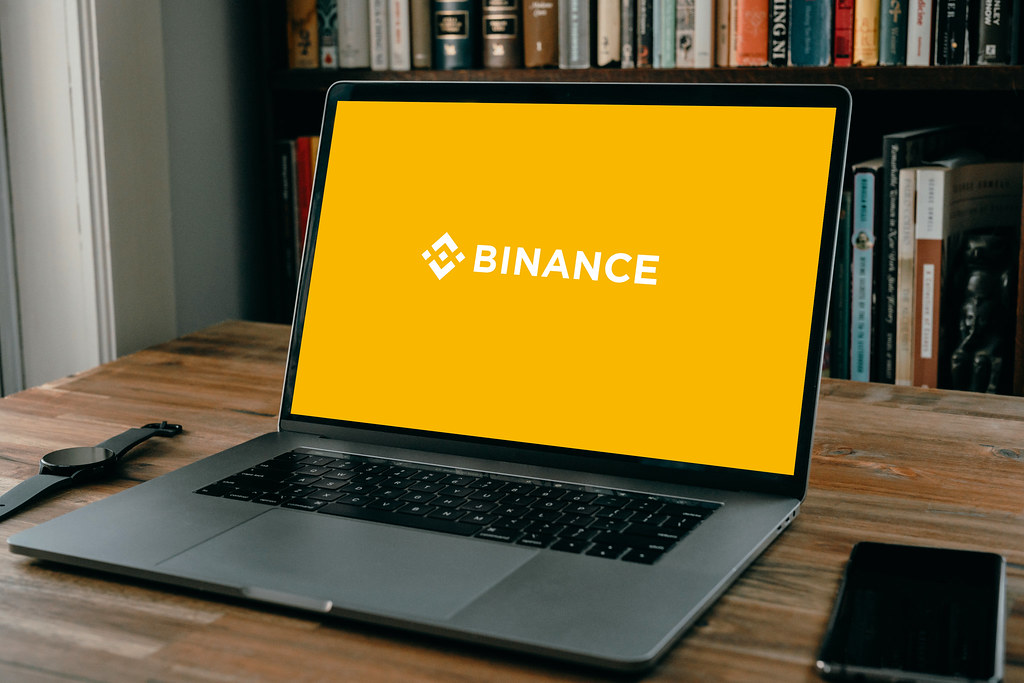In the rapidly evolving world of digital finance, one name has consistently stood out: Binance. Founded in 2017, this cryptocurrency exchange has quickly ascended to become the largest in the world by daily trading volume. While its journey has been marked by both exponential growth and regulatory challenges, its influence on the crypto landscape is undeniable.

A Brief History of Rapid Expansion
Binance was co-founded by Changpeng “CZ” Zhao, a developer with a background in high-frequency trading software. The company’s origins were in China, but it swiftly moved its base of operations in response to the country’s tightening regulations on cryptocurrencies. This nomadic approach has become a hallmark of Binance, which currently has no official headquarters and operates on a global scale.
The exchange’s initial coin offering (ICO) in July 2017 launched its native cryptocurrency, Binance Coin (BNB). Initially created to offer users a discount on trading fees, BNB has since evolved into a foundational element of the broader BNB Chain ecosystem.
A Comprehensive Ecosystem of Products and Services
Binance is far more than a simple exchange for buying and selling crypto. It has built a vast and interconnected ecosystem of products and services designed to cater to a wide range of users, from novice investors to institutional traders. Key offerings include:
Spot and Derivatives Trading: The core of Binance’s business is its trading platform, which supports hundreds of cryptocurrencies and a variety of order types. It also provides advanced trading options like futures and margin trading for more experienced users.
Binance Coin (BNB): As the utility token of the ecosystem, BNB offers a range of benefits, including discounted trading fees and participation in token sales on the Binance Launchpad.
Binance P2P: This peer-to-peer trading platform allows users to directly buy and sell cryptocurrencies with other users, offering flexibility in payment methods and currencies.
Binance Earn: A suite of products that allow users to generate passive income from their crypto holdings through staking, lending, and other investment vehicles.
Binance NFT Marketplace: A dedicated platform for the creation, sale, and trading of non-fungible tokens (NFTs).
Educational Resources: Binance Academy, an open-access learning hub, provides free education on blockchain technology and cryptocurrencies.
Navigating the Regulatory Landscape
Binance’s rapid global expansion has not been without its complexities, particularly concerning regulations. The company has faced scrutiny and legal action from various jurisdictions, including the United States, which has resulted in a more limited platform (Binance.us) for American users. These challenges highlight the ongoing tension between the decentralized nature of cryptocurrency and the established frameworks of global financial regulation.
Despite these hurdles, Binance has continued to adapt, often working to establish licensed and compliant operations in different countries. The company’s ability to navigate these diverse regulatory environments will be crucial to its long-term success.
Challenges, Evolution, and the Road Ahead
Binance’s meteoric rise has been a double-edged sword, bringing with it both unprecedented success and intense scrutiny. As the company matures, its story is increasingly defined by its response to external pressures and its ongoing strategic evolution.
The Weight of Regulatory Scrutiny
The most significant challenge Binance has faced is its complex relationship with global financial regulators. The company’s decentralized structure, while a core part of its philosophy, has drawn the ire of authorities who demand clear jurisdictional responsibility and adherence to anti-money laundering (AML) and know-your-customer (KYC) protocols.
In a landmark case, Binance and its founder, Changpeng “CZ” Zhao, faced legal action from U.S. authorities. In November 2023, the company pleaded guilty to charges including money laundering, unlicensed money transmitting, and sanctions violations. As part of a multi-billion dollar settlement, CZ stepped down as CEO, signaling a major turning point for the company. This event underscored a clear shift in Binance’s strategy, moving from a “move fast and break things” mentality to a more compliant and structured approach under new leadership.
This regulatory pressure is not limited to the U.S. Binance has been forced to cease operations or face restrictions in numerous countries, including the United Kingdom, the Netherlands, and India. The company’s response has been to actively pursue licenses and establish local, compliant entities in various jurisdictions, demonstrating a clear commitment to integrating with the traditional financial system rather than operating outside of it.
Evolving the Ecosystem: Beyond the Exchange
Binance’s future is not solely tied to its trading volume. The company is actively diversifying and deepening its ecosystem, focusing on areas that build long-term value and utility.
BNB Chain and Decentralized Finance (DeFi): The BNB Chain continues to be a central pillar of the ecosystem, supporting a wide range of decentralized applications (dApps). The utility of Binance Coin (BNB) is expanding beyond just fee discounts on the exchange, becoming a key asset for staking, lending, and participating in various DeFi protocols. This move positions Binance as a major player in the broader decentralized economy, not just a centralized on-ramp.
HODLer Airdrops and New Listings: Binance regularly engages its user base with new initiatives like “HODLer Airdrops,” which reward users for holding BNB on the exchange. The platform also continues to list new and innovative tokens, such as the recent launch of Plume (PLUME), demonstrating its commitment to staying at the forefront of the crypto market’s evolution.
Binance Pay and Web3 Wallet: Binance is expanding its reach into everyday transactions with products like Binance Pay, a contactless, borderless, and secure cryptocurrency payment technology. The Binance Web3 Wallet further integrates the exchange with the broader Web3 landscape, giving users a way to interact with dApps and manage their self-custodied crypto assets.
A Glimpse into the Future
The outlook for Binance is one of careful strategic navigation. While the company still dominates the crypto exchange market, it faces a more competitive landscape and a far more stringent regulatory environment. Its success will depend on its ability to:
Embrace Regulation: Continue to prioritize compliance and secure licenses in key markets. This will build trust with institutions and retail investors, potentially unlocking new avenues for growth.
Innovate Thoughtfully: Focus on developing products that add genuine utility and value to the ecosystem, such as the BNB Chain and new Web3 applications, rather than simply chasing short-term trends.
Maintain its Market Leadership: While adapting to a new era, Binance must maintain its core value proposition of high liquidity, a wide range of assets, and competitive fees to fend off rivals.
Binance’s story is a microcosm of the entire cryptocurrency industry—a tale of disruptive innovation, immense wealth creation, and the inevitable clash with traditional financial power structures. Having transitioned from a high-speed startup to a more established financial giant, its next chapter will be a test of its resilience, adaptability, and vision for a compliant, yet still decentralized, future.
Conclusion: A Defining Force in Crypto
Binance’s journey from a startup to a global leader in just a few years is a testament to the power and potential of the cryptocurrency market. Its vast product offerings, low fees, and continuous innovation have cemented its place as a cornerstone of the crypto industry. While regulatory challenges remain a significant factor, Binance’s influence and reach are a clear indicator of the transformative power of digital assets in the modern financial world.


